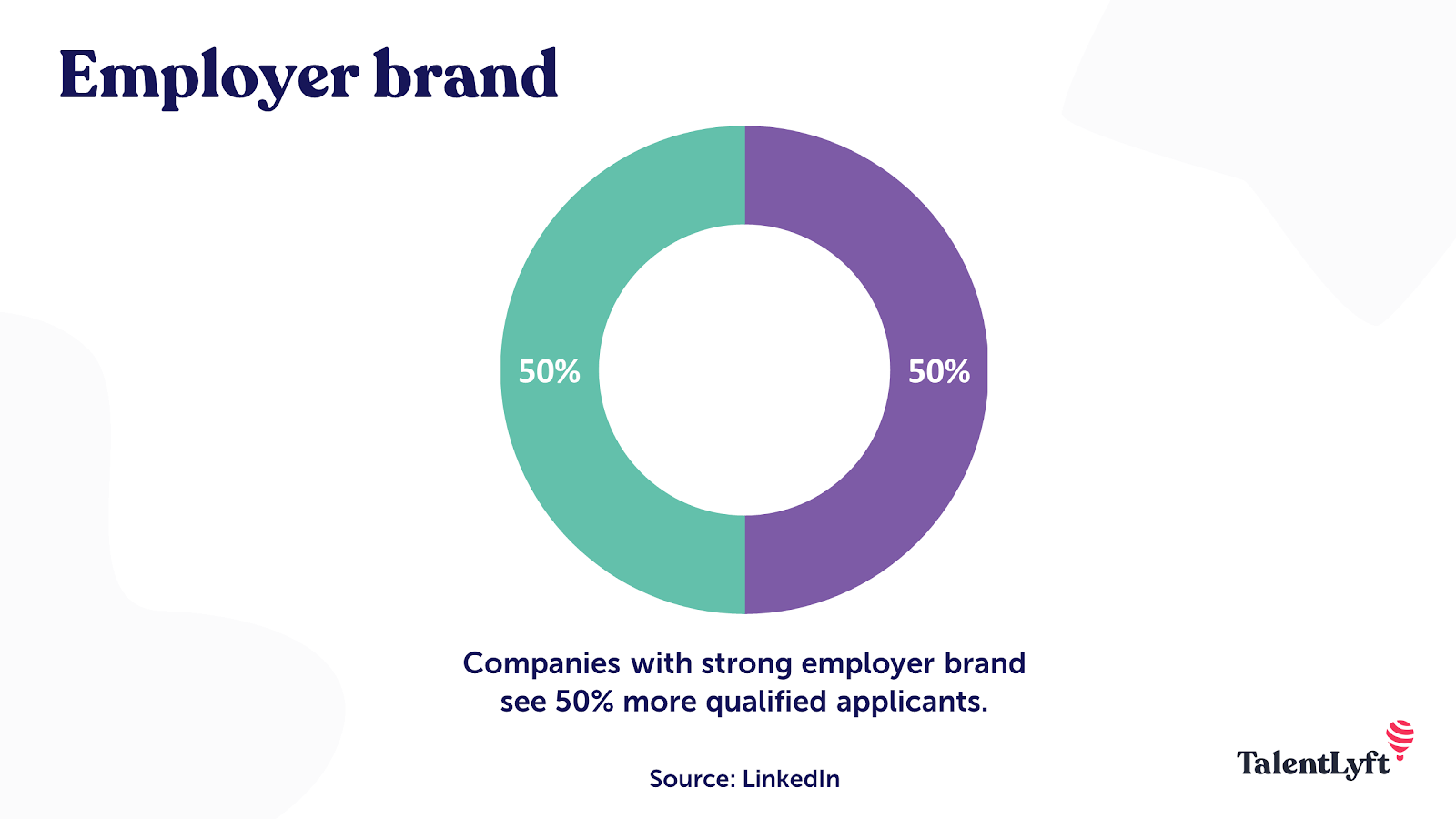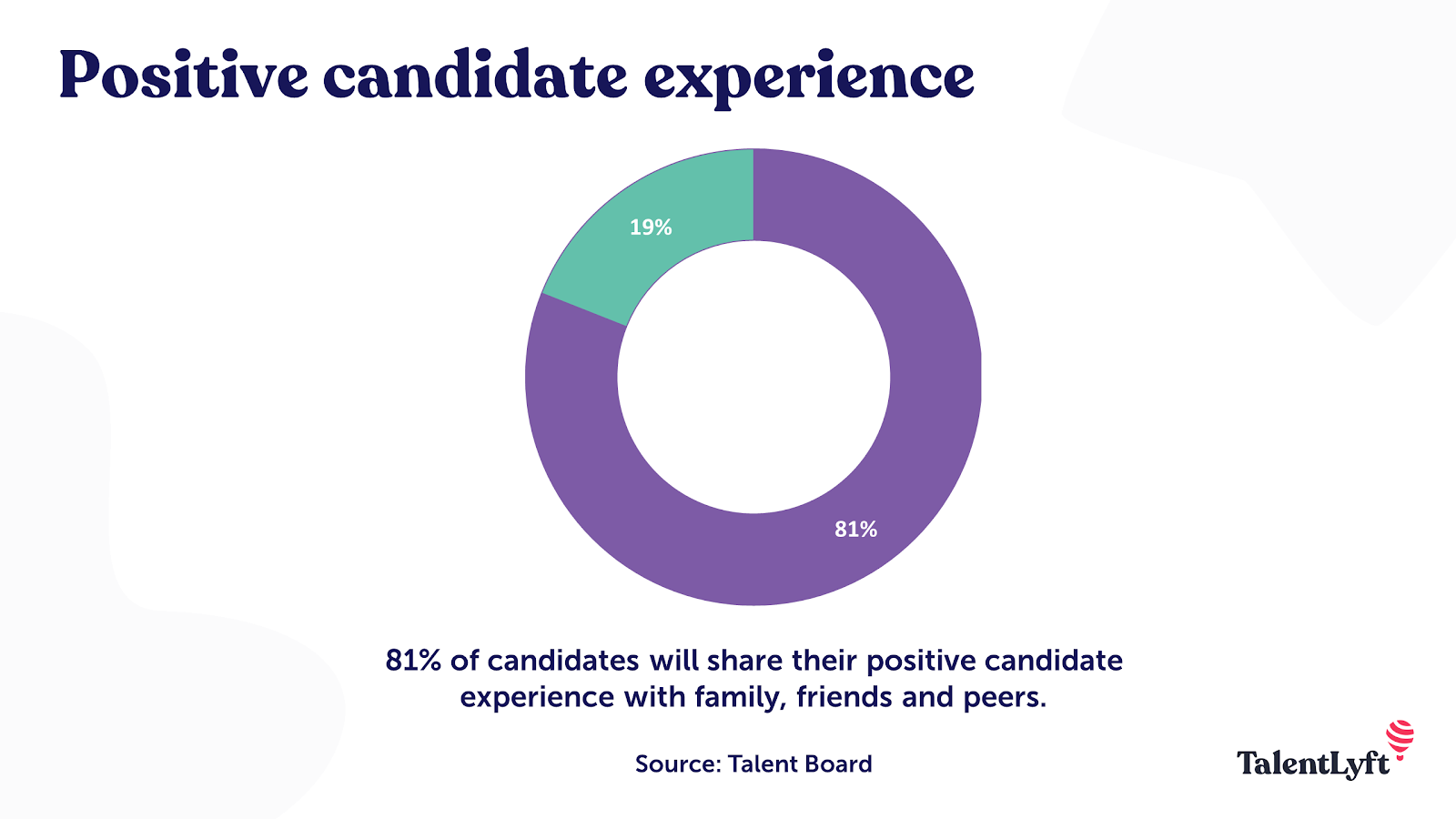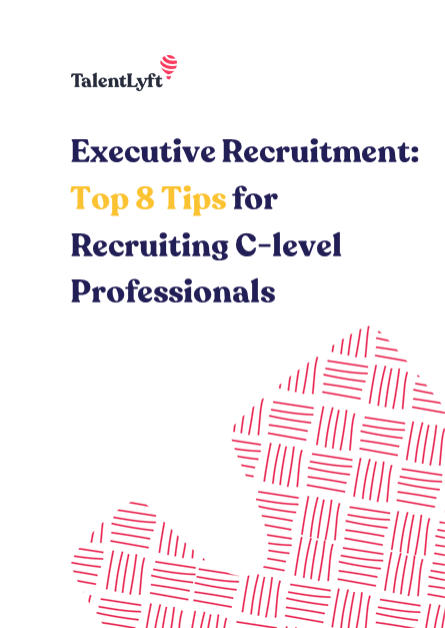
Learn the difference between headhunting and recruiting! It is crucial for any industry to understand the difference between headhunting and recruitment for optimizing their hiring processes.
Learn the difference between headhunting and recruiting! It is crucial for any industry to understand the difference between headhunting and recruitment for optimizing their hiring processes.
The term headhunting and recruitment are often used interchangeably. But is there any difference?
Of course, there is. Understanding the differences between these terms is an important aspect of your human talent scouting campaign.
The best way to compare these two processes of hiring would be to look at each of them in detail and understand how to optimize each process.

Let’s start with an example to simplify things. Dara Khosrowshahi is the Chief Executive Officer of Uber. Before joining Uber as their CEO; he was also the Chief Executive Officer of Expedia. What happened, in this case, was Dara was headhunted by Uber to spearhead their business. This happened because Dara was already a huge name in the CXO world and having the experience of being CEO of a global company made him very desirable for Uber.
By now you must have a decent idea of what headhunting is.
According to WikiJob, “Headhunting (also known as Executive Search) is the process of recruiting individuals to fill senior positions in organizations.” It basically means the process of finding highly skilled or “exclusive candidates” for special, executive or top management roles (or all of the above). When we are talking about headhunting we mean that we are on the lookout for the vacant, elusive and desirable corner office.
Download our guide and learn how to find, attract and hire C-level professionals: Executive Recruitment: Top 8 Tips for Recruiting C-level Professionals!
The headhunting process is a very proactive process, where the persons associated with it are always on the lookout for the person irrespective of the fact whether their target is actively looking for a job or not. This type of recruiting is usually undertaken by the board of directors, the head HRs, executive members of a company or all of them.
So, how do you go about headhunting? Here are 5 ways by which you can optimize your headhunting process.

This is one of the first steps that you need to take while headhunting. Research not only about your potential candidate but also the job. Remember, the person who is going to be recruited will probably outrank most of the employees in your organization.
You need to do in-depth research and background check on the credibility of your prospect. Your prospect needs to have not just good but groundbreaking and exceptional skills or results at what he does.
One thing is for sure. The big players rarely join a company with lower visibility than the one they worked before. Your prospect will be more likely to listen to your pitch and join your organization if they have heard of your company or are aware of the ideas and mission of your brand.
To achieve this, you need to invest time and resources in developing your employer brand. Develop a brand strategy and target as many mediums as you can. Connect with your candidate and build a rapport regarding the visibility of your company.

It is without a reason that while approaching a highly-skilled you sometimes become a bit pushy. The point here is to be enthusiastic without coming off as persistent and pushy. You need to leave some room for the candidate to reject the offer. Or maybe you need to come up with a unique way of recruiting without being a constant pain in the ass.
One key reminder here: whenever you approach your dream candidate; you are not only pitching the company but also its culture. If you are too persistent and cannot seem to take no for an answer, it reflects a lot about your work culture.
Being too pushy indicates that there is a hovering target over your head and not willing to take no for an answer depicts that the consequences of not meeting those targets are dire. A high-pressure work environment is not the type of work culture that you want to present before your prospect.
Headhunting is a bit like sales. You are going to hear a lot of NOs. In fact, you are going to be shocked by the number of people who would want to stay at a job they hate rather than taking up a new challenge. The key here is to follow up on your prospects.
It is important to develop a professional relationship with your candidate. But as mentioned in the previous point you don’t want to overdo the aspect of followup. You need to understand the difference between follow-up and pestering. You don’t want to irritate an undecided candidate.
Instead of pitching about the work culture of your company, maybe you can educate them about the importance of great company culture. Or instead of pitching about the perks and benefits of your company, you can educate your candidate about how perks and benefits increase productivity and efficiency.
Maybe the most underrated part of headhunting. If you are actively pursuing a potential candidate, it is clear that the person has a glittery CV. But you will be surprised by the amount of exaggeration and false information even in the case of people with lots of experience and higher up the corporate ladder.
If you don’t want to confront your candidate upfront about the veracity of the details, then you can always get in touch with their references. Verifying each candidate before you go forward with the “pitch” is extremely important. It can help you scout and bring in better candidates for your company and make you more reliable.
Headhunting can be a successful strategy as long as you take into consideration the type of job and the type of candidate you require. Now that we have some sort of idea what is headhunting and how to go about it let's look at recruitment and see how it is different from headhunting.
Cambridge defines recruitment as “The process of finding people to work for a company or become a new member of an organization.” While recruiters or the process of recruitment involves searching for a qualified and appropriate fit for the company, their responsibilities are much broader than headhunting or headhunters.
When we use the word recruitment we don’t generally mean top-level management recruitment. Recruitment generally denotes a broader process of screening an employee for a vacant position usually in the lower ranks than the executive tier. Recruitment usually involves everything from searching or scouting for talent to onboarding.
People in recruiting act as a contact for job seekers. They manage all the proceedings of a job right from job posting, contacting the candidate, recruiting and till onboarding.
Let’s look at a few ways to optimize your recruitment process.
According to Roberthalf, 57% of job seekers lose interest if the process takes too long. One of the key ways to optimize the process is to wrap up things as quickly as you can (without compromising quality, of course).
To make your application process more optimized and quicker you can include calls to action buttons for instant apply in your process. You can also carry out pre-interview candidate screening to identify whether the skills of the candidate are in line with the desired skills.
To hire a perfect fit is always a great hassle for all organizations big and small. More often than not, people with a large deviation from the desired roles are shortlisted which not only leads to delay but also increases attrition and turnover, if misfit candidates do eventually manage to place both their feet inside the company.
In fact, according to Robert Half, 90% of employees would leave their job in the first month, if it doesn’t meet their expectations as conveyed by the recruiter. Make sure you do in-depth research and discussions with all the departments to optimize your job description to avoid any discrepancies.
You might be offering the best compensation and packages in your industry but it boils down to nothing if you don’t have a great and compelling employer brand. It makes even more sense, in the case of generation Z and Millenials, for whom the quality of a job is much more than a fat paycheck.
What is employer branding?
Employer brand is basically the perception of your brand with respect to prospects or job seekers. It is more than just a paycheck. Employer brand denotes your company culture, the engagement of your employees, the perks and benefits, etc.
Here building a superior work culture and engaging your employees helps. With all the “hip places to work” startups rising, great work culture is not a luxury but a necessity. Also, align your employer brand strategy with the brand strategy of your company for not only a superior candidate experience but also a great customer experience.

Now that we have seen a few ways of optimizing both headhunting and recruiting, let’s look at a few common ways in which recruitment is different from headhunting.

This is probably the most important distinction between a headhunter and recruiter.
Typically headhunters are focussed on a limited number of jobs. The purpose of a headhunter is typically restricted to the job at hand. Headhunting is usually done by the top management, or the board members to fill an executive tier job or corner office job. The roles are difficult to fill and usually require the candidate is highly skilled or is at the top of his position.
On the other hand, recruiters are persons who are responsible for the overall hiring of the organization. Usually, recruiters deal with the lower tier of hiring, i.e. entry-level or middle manager roles. They tend to hire for many different roles and often the skills overlap. Recruiters have broad industry knowledge or exposure and are used.
The role of headhunters, more often than not, are limited to one particular role. For eg, if a company wants to hire the head of research and development, then most probably, with the board of directors, the CTO will also be involved in the headhunting process. If a role for the marketing head is vacant, then ideally, the CEO would be present in the process instead of the CTO. When the vacancy is filled, the roles of the headhunters are also dissolved.
Recruiters are generally hired for the sole purpose of hiring and everything associated with it. They are the hiring process of a company, right from job posting, candidate engagement, interviews, hiring to onboarding of the new employees. Recruiters are in-house full-time employees.
Since recruitment deals with entry-level or middle-level managers, they require that the candidate possess a diverse array of skill sets. Recruitment deals with 100s of job applicants (if the company is decent in size), so ideally the standout candidate will be one who is kind of Jack of all trades. A diverse skill set candidate doesn’t only fit well with the rest of the employees but also is malleable and can be shifted across departments.
In the case of headhunters or headhunting, the candidate need not possess various skillsets but they need to be master and at the top of their particular field. They are supposed to carry out their own task and be an example in their area.
Since recruitment involves larger and more diverse spheres of hiring, recruiters tend to have a larger network compared to headhunters. Recruiters have large vacancies and posts to fill, therefore they require large connections in various departments. It is definitely not wrong that recruitment requires you to be a jack of all trades, whether you need to be master of any usually depends on the type of organization you are dealing with and the complexity of the job.
In headhunting, or rather headhunters usually have great networks as well but are usually specified to one specific domain of their specialty. The headhunters tasked with filling the head of research and development are likely to have their network limited to the tech area. On average even though a headhunter might have a smaller network than a recruiter but they generally have a much deeper network in their area of expertise.
This is another key difference between recruitment and headhunting. Since recruiters are dealing with a huge number of applicants, the time allotted to individual candidates is quite less. The focus is more on quantity in the case of recruitment.
In the case of headhunters, the focus is more on quality than quality. Headhunters need to find the best in the industry and skillset. You will need to invest a lot of time in headhunting right from scouting, rapport building to the final absorption of the talent. It is not unusual for headhunters to spend months on a potential target and switch due to just a minor deviation in the required skill sets. It is imperative for headhunters to find the perfect fit before finalizing a deal.
It is crucial for any industry to understand the difference between headhunting and recruitment to optimize their hiring processes. It is equally important for your organization to identify ways in which recruitment and headhunting can be optimized.
Although on paper the demarcation looks very stark but in reality, a lot of roles exist in a lot of corporates where the difference will be very minimal. Roles a tier or two above mid mid-managerial level can pose confusion for companies. The answer to this is to have a proper discussion with the concerned departments and plan and figure out the perfect path for efficient hiring.
Iftekar is a content marketer at Vantage Circle, an employee engagement platform. Vantage Circle helps corporates to manage human resources efficiently. Iftekar has worked in various departments in his professional career ranging from finance to marketing. He is an avid reader and likes to be updated in every business field.
How does headhunting differ from recruitment?
Headhunting is a targeted approach to fill senior or specialized roles, often involving passive candidates, whereas recruitment is broader, focusing on various levels within an organization.
What roles do headhunters typically focus on?
Headhunters focus on senior, executive, or highly specialized roles, seeking the best talent, often not actively job-seeking.
What is the primary focus of recruitment?
Recruitment involves filling vacancies at various levels, usually targeting active job seekers.
How does the approach differ in headhunting and recruitment?
Headhunting involves a targeted, often discreet search, while recruitment is a more open and broad process.
Why is understanding the difference between headhunting and recruitment important?
Recognizing the differences helps optimize hiring strategies for specific roles and ensures effective talent acquisition.





![Boolean Search for Recruiters [Actionable Guide]](https://adoptoprod.blob.core.windows.net/article/7wyu_xAg806Tm_lmFg71Rw.png)






